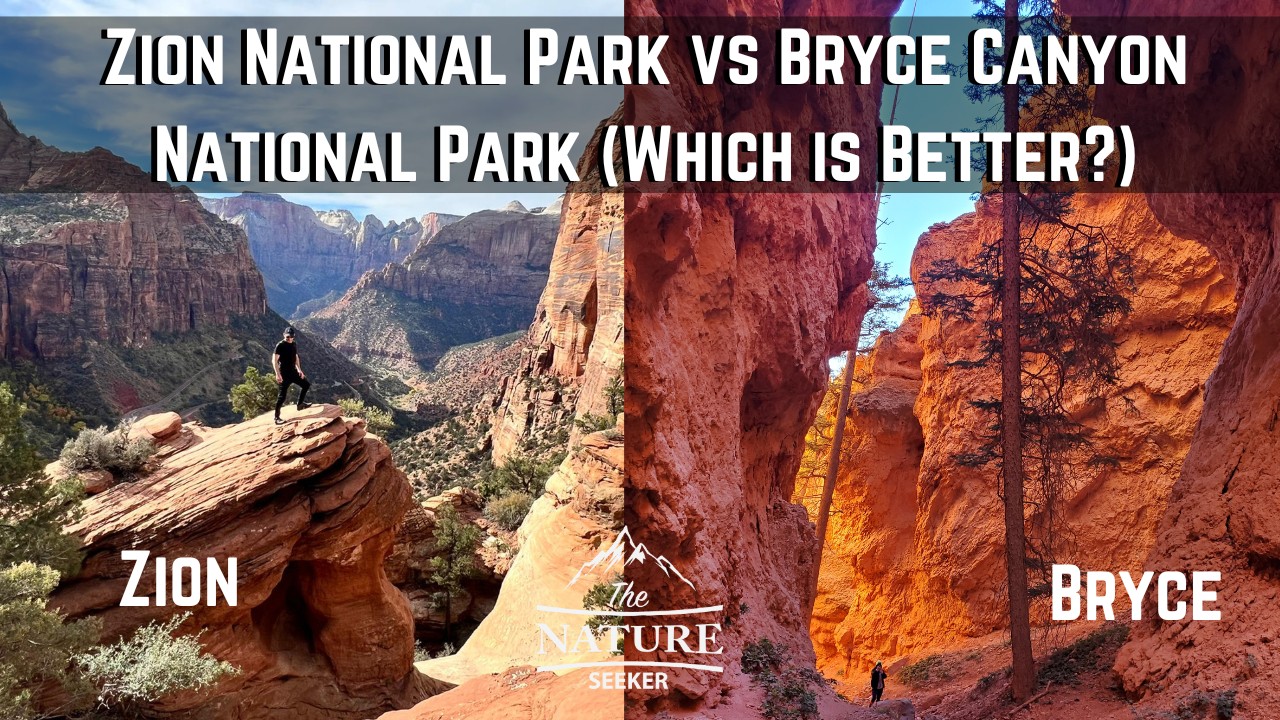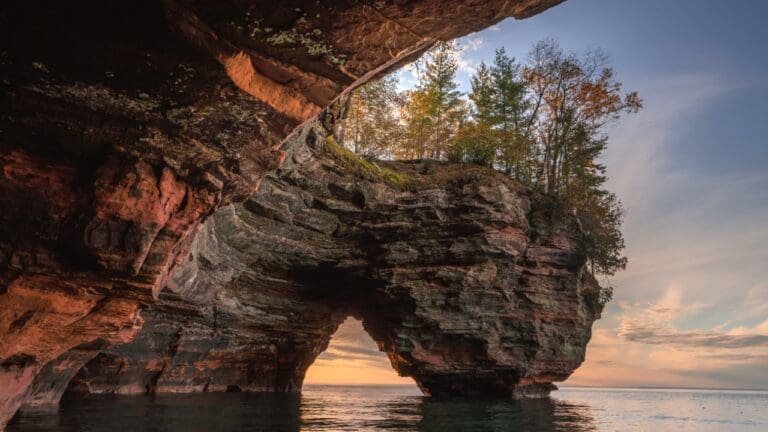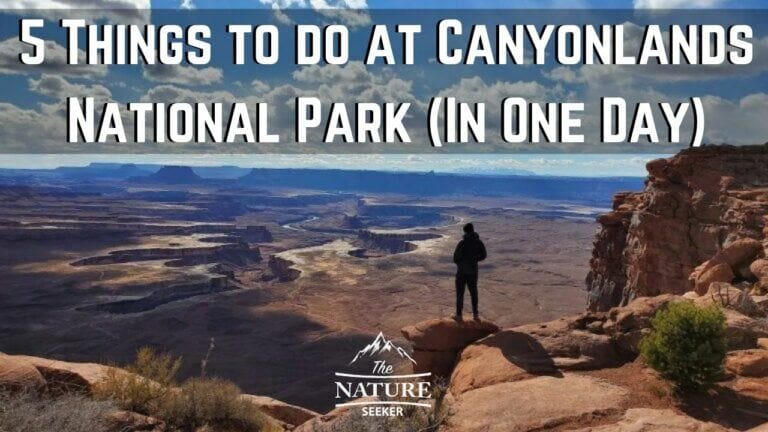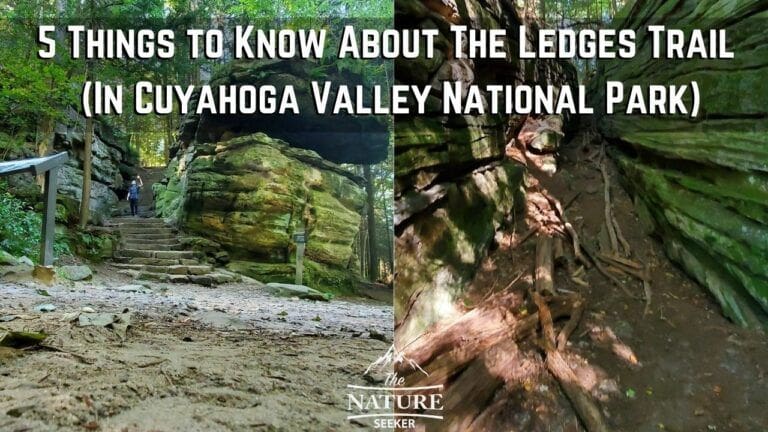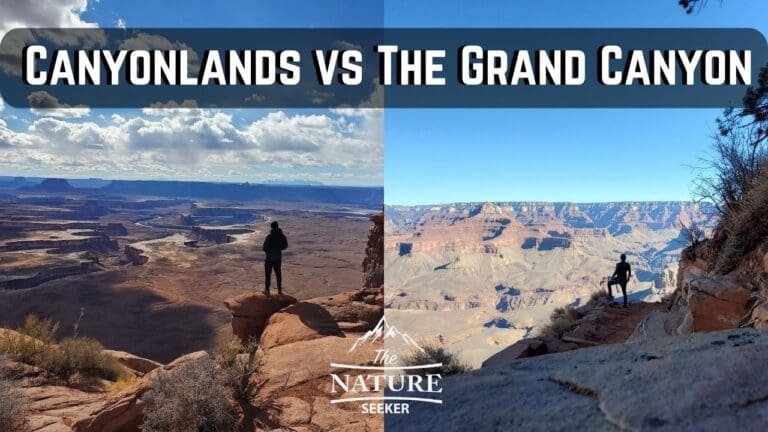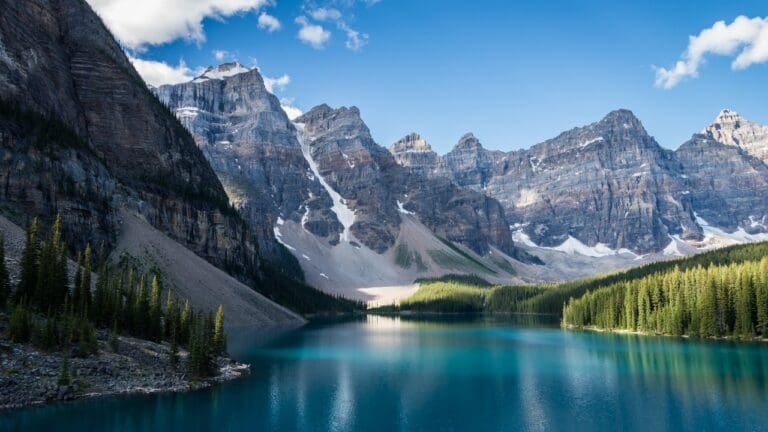13 Least Crowded National Parks You Have to Explore
Some of the most popular national parks in the US are also some of the most crowded and thus making it tough to fully enjoy your experiences there. However it doesn’t take a lot of research to discover that there’s plenty of other equally if not more amazing and less crowded National Parks you could be exploring and in this post you’ll learn about 13 of them.
13 least crowded national parks worth seeing:
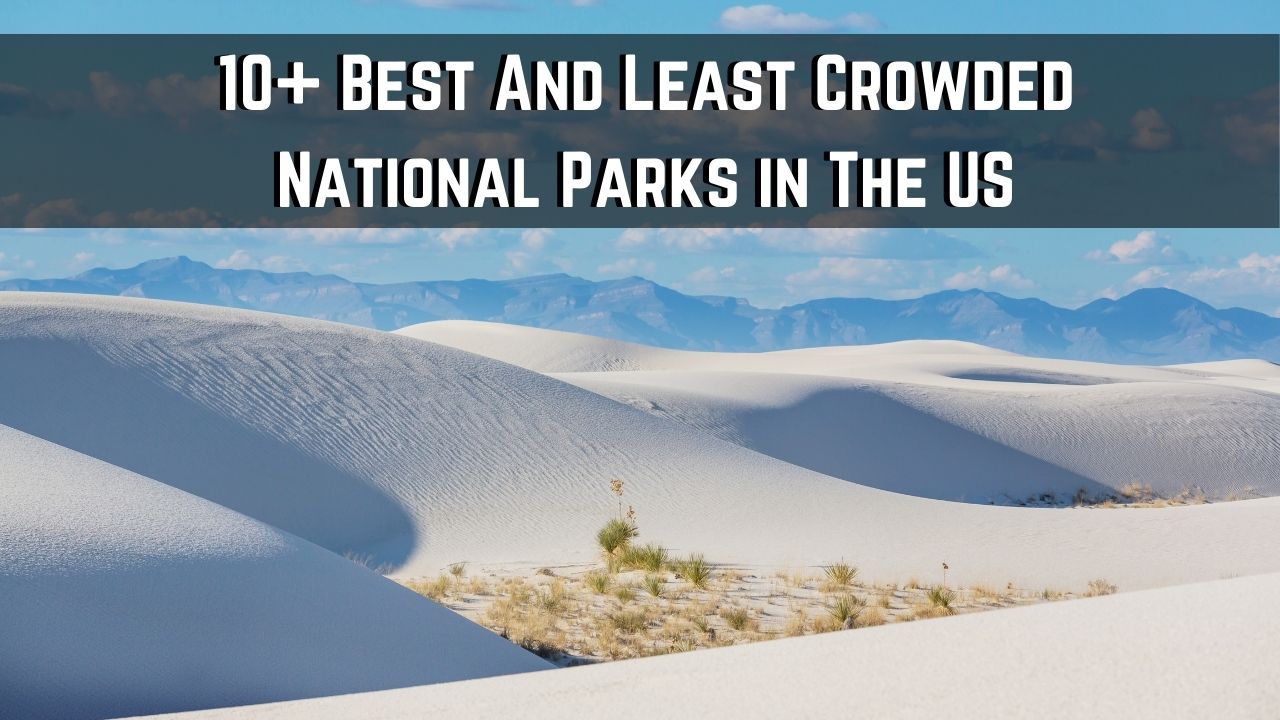

- Cedar Breaks National Monument
- Grand Staircase Escalante National Monument
- Great Basin National Park
- North Cascades National Park
- Bitterroot National Forest
- Congaree National Park
- Capitol Reef National Park
- De Soto National Forest
- Tonto National Forest
- Kings Canyon National Park
- White Sands National Park
- Chiricahua National Monument
- Big South Fork National Recreation Area
Cedar Breaks National Monument:
Located in Utah, Cedar Breaks National Monument is known for its massive amphitheater that stretches over three miles and plunges over 2,000 feet deep. The area is renowned for its vibrant colors, wildflower meadows in the summer, and striking geological formations made of eroded limestone, shale, and sandstone. This park bears a ton of resemblance to the nearby Bryce Canyon National Park which is super popular (and for good reason).
Grand Staircase-Escalante National Monument:
Grand Staircase Escalante national monument in southern Utah encompasses a unique and rugged landscape. It features a series of plateaus that descend from Bryce Canyon National Park towards the Grand Canyon. Known for its remote canyons, plateaus, and vast desert landscape, it’s a haven for hiking, backpacking, and exploring remote slot canyons and sandstone cliffs. I’ve explored a bunch of places across the Grand Staircase Escalante and I recommend the following areas:
- Coyote Gulch
- Reflection Canyon
- Wire Pass Trail
I do also have to add that Grand Staircase Escalante is very remote compared to most of the locations on this list and you should explore via a 4 wheel drive and also carry the proper emergency equipment before you go (just in case).
Great Basin National Park:
Situated in Nevada, Great Basin National Park is famous for its ancient bristlecone pine groves, the Lehman Caves, and Wheeler Peak, which rises to 13,000 feet. The park offers diverse ecosystems, from sagebrush desert to alpine environments, making it a place of solitude and beauty with dark night skies perfect for stargazing. I’ve only been to this park once during winter which I would recommend going during as most of the spots are snowed in, but this is a very off the beaten path low crowd national park to consider visiting.
North Cascades National Park:
Located in Washington State, North Cascades National Park is characterized by jagged peaks, deep valleys, cascading waterfalls, and over 300 glaciers—the most of any US park outside Alaska. It’s a paradise for climbers, hikers, and those seeking wilderness experiences in its vast, rugged terrain. At only a 3 hour drive from Seattle, it’s worth doing at least a day trip here.
Bitterroot National Forest:
Straddling the border between Montana and Idaho, the Bitterroot National Forest offers a diverse landscape ranging from rugged mountains and dense forests to swift rivers and peaceful lakes. It’s a popular destination for fishing, hiking, camping, and spotting wildlife, including elk and bighorn sheep.
Congaree National Park:
South Carolina’s Congaree National Park preserves the largest tract of old-growth bottomland hardwood forest left in the United States. The park is famous for its towering trees, diverse plant and animal life, and the Congaree River. Boardwalks and paddling trails allow visitors to explore its swampy environment. This is also one of the best national parks on the east coast.
Capitol Reef National Park:
Located in Utah, Capitol Reef National Park is characterized by the Waterpocket Fold, a nearly 100-mile long warp in the Earth’s crust. This park is known for its colorful canyons, ridges, buttes, and monoliths. The area’s history is rich with ancient petroglyphs and the pioneer settlement of Fruita, known for its orchards. This park is also part of the Mighty 5 Utah National Parks system but is the least crowded one.
De Soto National Forest:
Situated in Mississippi, De Soto National Forest features rolling pine hills, lazy rivers, and swamps. It’s a haven for outdoor activities such as hiking, biking, horseback riding, and fishing. The forest is also home to the Black Creek, Mississippi’s only National Wild and Scenic River.
Tonto National Forest:
Arizona’s Tonto National Forest is one of the largest national forests in the United States, boasting a landscape ranging from Saguaro cactus-studded desert to pine-forested mountains. The forest offers recreational opportunities including hiking, boating, fishing, and camping, with the Salt River and Roosevelt Lake as popular spots.
Kings Canyon National Park:
Adjacent to Sequoia National Park in California, Kings Canyon National Park is renowned for its deep valleys, skyscraping trees, and rugged landscape. The park is home to the Kings River, the giant sequoias of Grant Grove, and the remote backcountry, offering a mix of accessible sights and wilderness adventure. I’ve visited this place for one day and barely saw 10 people there, as compared to the neighboring parks of Yosemite National Park and Sequioa which had tons of visitors.
White Sands National Park:
Located in southern New Mexico, White Sands National Park is renowned for its striking landscape of wave-like dunes of gypsum sand that cover 275 square miles of desert. It’s the largest gypsum dune field in the world, offering spectacular scenery, especially at sunrise and sunset. Visitors can enjoy activities such as hiking, picnicking, and sledding on the dunes. The park also provides unique opportunities for photography and wildlife viewing, including species adapted to this harsh but beautiful environment.
Chiricahua National Monument
Chiricahua National Monument, situated in southeastern Arizona, is a wonderland of rock spires, pinnacles, and balanced rocks formed from volcanic activity over 27 million years ago. This “Wonderland of Rocks” is accessible through scenic drives and miles of hiking trails that navigate through the fantastic rock formations and the rich biodiversity of the area. It’s a place of both geological interest and natural beauty, providing habitat for diverse flora and fauna, including the Mexican spotted owl and Arizona white-tailed deer.
Big South Fork National River and Recreation Area
Spanning Kentucky and Tennessee, the Big South Fork National River and Recreation Area protects the free-flowing Big South Fork of the Cumberland River and its tributaries. The area features a combination of scenic gorges and valleys, with an extensive network of trails for hiking, horseback riding, and mountain biking. It’s also popular for whitewater rafting, kayaking, rock climbing, and camping. The recreation area is known for its natural arches and bridges, historic sites, and stunning overlooks.

